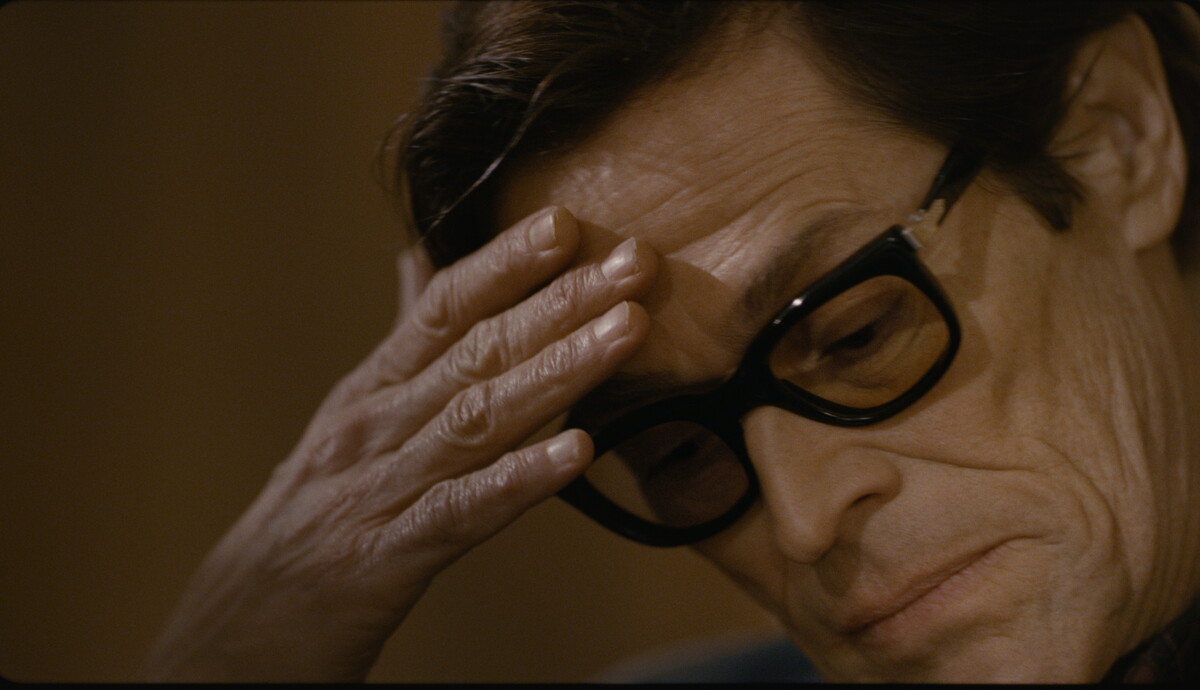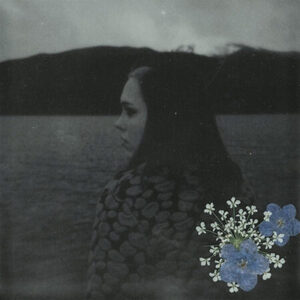
Pasolini
directed by Abel Ferrara
starring Willem Dafoe, Ninetto Davoli
In the period leading up to his brutal and controversial murder on November 2, 1975 on the beach at Ostia, iconoclastic Italian poet, writer, and film director, Pier Paolo Pasolini was working on the edits of his last feature, his loose adaptation of the book by the Marquis de Sade, Salò, or the 120 Days of Sodom, which was released weeks after his death, a screenplay for his next film, Porno-Teo-Kolossal, and an experimental novel, Oil (Petrolio). In the film Pasolini, American director Abel Ferrara brings the auteur’s final works to cinematic realization and interweaves these pieces of Pasolini’s artistic and intellectual being with moments from his reality in the days before his death, creating a portrait of one of the most important artistic figures to emerge from post-war Italy which breaks away from the rigid constraints of the biopic by allowing the subject’s creative output and voice to endure far beyond his all too brief existence.
Through the performance of actor Willem Dafoe as the titular character, Ferrara recreates the final days of Pasolini’s life in a somewhat traditional fashion. We observe Pasolini’s creative process and his interactions with his mother (Adriana Asti), friends, and colleagues, and it is these intimate views that form the fragile human element of Pasolini’s portrait, which Ferrara combines with acted out excerpts from actual interviews conducted with Pasolini leading up to the release of Salò and an internal dialog based on the director’s own correspondence to give us a glimpse into his complexity as an intellectual and somewhat prophetic being. However, these interactions and dialogs primarily establish Pasolini, the Man, so in order to capture Pasolini, the Creator, Ferrara intermittently shifts his focus away from the representation of the last hours of his life and devotes a significant percentage of the film to the vivid productions of the last artistic and unfinished works of Pasolini. In the creative efforts that we see, Ferrara draws a clear distinction between what was realized during Pasolini’s life and what he was planning to release. We see a moment in the studio where Pasolini works on the final cut of Salò, and here, there is no attempt by Ferrara to recreate the footage of that film. In contrast, Ferrara stages his adaptation of moments from the incomplete novel, Petrolio as well as scenes from the screenplay for Porno-Teo-Kolossal, going as far as casting Pasolini’s lover and actor Ninetto Davoli as the protagonist of these never before visually realized segments of Pasolini’s unfinished creative output. In combining the extracted scenes of Salò with the staged interpretations of Pasolini’s unreleased works, Ferrara amplifies the tragedy of the director’s death by exhibiting the loss of potential while simultaneously extending the immortality of his artistic expressions and intellectual thoughts well past his own physical mortality.
In previous interviews, Ferrara had stated that his original intended approach for this production was an in-depth examination of Pasolini’s murder through multiple perspectives of the crime in order to present the audience with the different theories that have been suggested in the forty plus years since his death. Though Ferrara didn’t elaborate on why he considered then abandoned that approach, one can only imagine that given the turbulent aspects of Pasolini’s life, you could gain a greater understanding of his complex persona via the plethora of enemies whom he acquired during his life through his incendiary statements made in his art or direct interviews. Pasolini has often been described as a Catholic Marxist, but neither his Marxism nor his Catholicism was in line with the dogma associated with either ethos. Adding to the resentment shown towards him while living in a primarily Roman-Catholic country, in 1963, Pasolini contributed the segment, La ricotta to the compilation film, RoGoPaG, and it was that film which saw governmental prosecution of its creators due to an outdated law from the fascist era that banned “insulting the religion of the State,” which subsequently resulted in a large fine for the producer and a suspended prison sentence for Pasolini. He was a consistently ardent and vocal critic of consumerism, and in 1975, shortly before his death, Pasolini accused the Christian Democratic party leadership of a number of crimes including: collaborations with the CIA, cover-ups of bombings by neo-Fascists, , and ties with organized crime, and, thus, the number of potential assassins who could’ve been culpable for his death is high.
Consequently, Ferrara could have easily constructed a piece that relied more on a factual analysis of Pasolini’s life through the perspective of those who disagreed with him who could have contributed to his demise, but that approach would have diminished the pure essence of the man who most importantly was a creative being. As such, in order to understand how Pasolini dealt with the negative aspects of the world around him, the most effective approach to representing his existence is the one that Ferrara eventually decided upon and employed in Pasolini, for the images from Petrolio and Porno-Teo-Kolossal that we see onscreen as interpreted by Ferrara depict Pasolini’s internal self: his belief in the freedom of hedonism, his revulsion of the loss of identity in Rome, and his reaction to societal loathing of homosexuality. These moments from his works now visualized say more to the fact that, although Pasolini was in conflict with the world around him, he was still creating art to depict a world that he would feel free to dwell within.
A fact that I found stunning in this production was that not only did Ferrara have the ability to shoot at many of the locations that Pasolini frequented, but also he was fortunate to have access to many personal items belonging to the late director which allowed him to further combine the imaginative and real. In his performances illustrating Pasolini’s daily life, Dafoe wears Pasolini’s own clothing. And, in the final frames of the film, we see an object that solidifies one of the greatest dichotomies about the writer and director: his appointment book. Ferrara presents the book open to the following day’s page, allowing the audience to clearly see that despite Pasolini’s pessimism about the future, he had hoped that the next day would be one where he could continue to reimagine and challenge reality through his art.
◼
Pasolini opens in New York on Friday, May 10, 2019.












